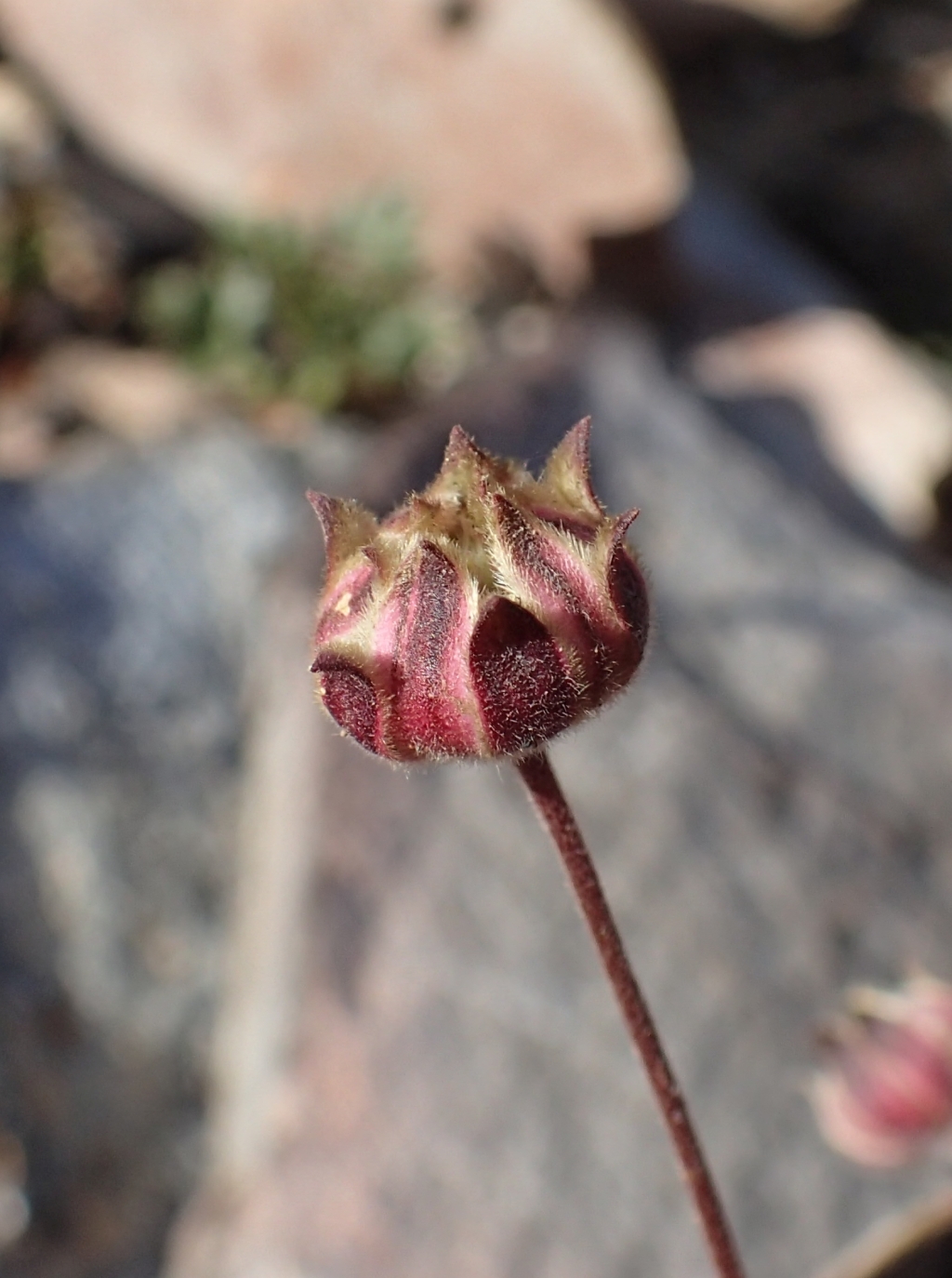Actinotus forsythii
Proc. Linn. Soc. New South Wales 27: 60 (1902)
Taxonomic status
Accepted
Occurrence status
Present
Origin
Native
Degree of establishment
Native
Threat status
FFG:
Critically Endangered (CR)


